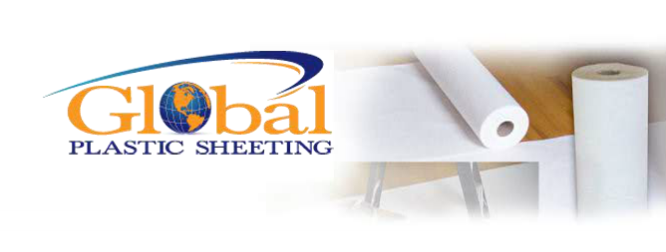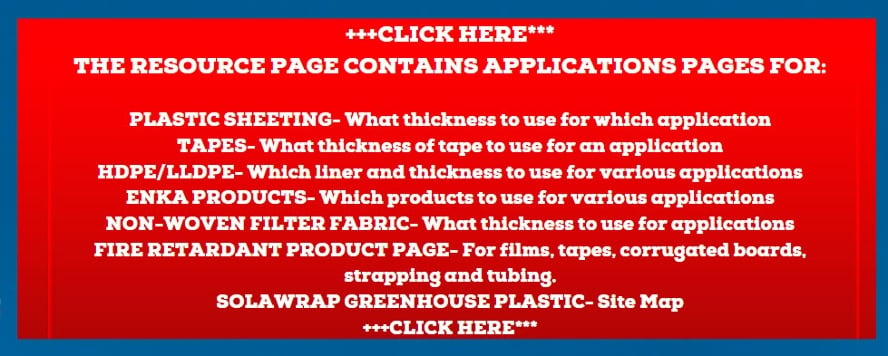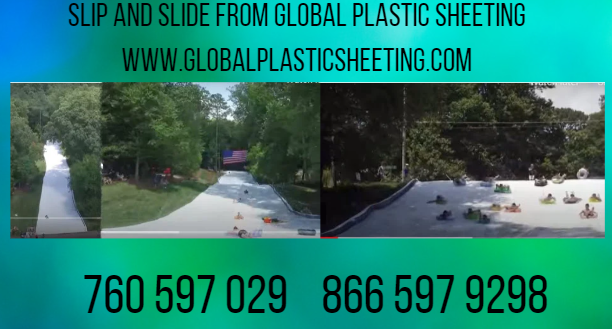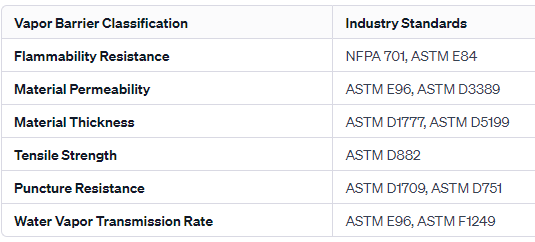Enkadain Excellence: Addressing Common Construction Challenges with Innovative Solutions
In the dynamic realm of construction, architects and engineers rely on Enkadain for its proven reliability and adaptability. Here's how Enkadain excels in common construction challenges:
1. Flexibility and Cost Efficiency
- Over 25 years of global trust, Enkadain products are highly flexible, conforming to diverse surface shapes.
- Predictable flow rates, longer rolls, and reduced installation costs make them cost-effective.
2. Environmental Stewardship
- Enkadrain 3000R Series, a new generation, is crafted from post-industrial recycled polypropylene.
- Contributes to LEED points, aligning with sustainable practices in construction.
3. Advanced Drainage Solutions
- Enkadrain offers three-dimensional, multilayer drainage products, providing hydrostatic pressure relief.
- Lightweight alternative to traditional drains, designed for diverse applications.
4. Tailored Products for Varied Needs
- Enkadain provides a range of products catering to specific applications, from small landscaping to heavy-duty industrial sites.
- Drain flow variations ensure suitability for different soil types and backfill depths.
5. Enkadrain Family of Drainage Products
- A lineage with a 25-year legacy, continuously adapting to the changing construction landscape.
- Diverse products like Enkadrain 3000, 3601, 3801, 3511R, 3615, and 3811 tailored for specific requirements.
6. Innovative Applications and Contributions to LEED
- Enkadrain products contribute to LEED points, showcasing a commitment to green building practices.
- Applications span foundations, retaining walls, commercial buildings, planters, plaza decks, slabs, parking, lagging walls, and more.
7. Hydrostatic Pressure Relief and Filtration Excellence
- Enkadrain excels in hydrostatic pressure relief, with models like Enkadrain 3615 designed for high load-bearing capacity.
- Filtration efficiency in models like Enkadrain 3511R suits applications like green roofs and landfill drainage.
8. Common Questions and Solutions
-
Q: For roofs with ponding water causing plant distress, which Enkadrain to use?
- A: Enkadrain 9118, Enkadrain 9120, and Enkadrain 9125 will lift plants above ponding water.
-
Q: Roof has sufficient fall to the drain, but drainage to convey runoff is needed. Recommendations?
- A: Enkadrain 9010, 3611, 3615, 3811, or EnkaRetain&Drain 3111, 3211 for high water storage.
-
Q: Roof runoff too quick on steep slope, causing substrate dryness. What to use?
- A: Enkadrain 3601, 3801, or 7910 to slow runoff. EnkaRetain&Drain 3111, 3211 for water retention.
-
Q: Exceedingly steep gradient causing high runoff and material sliding risk. Solution?
- A: Enkadrain 3601, 3801, or 7910.
In essence, Enkadain is more than a product; it's a legacy of innovation and adaptability, shaping the very foundations of construction excellence. Architects and engineers, join the legacy, and elevate your projects with the trusted solutions that Enkadain has been delivering for over a quarter of a century.







